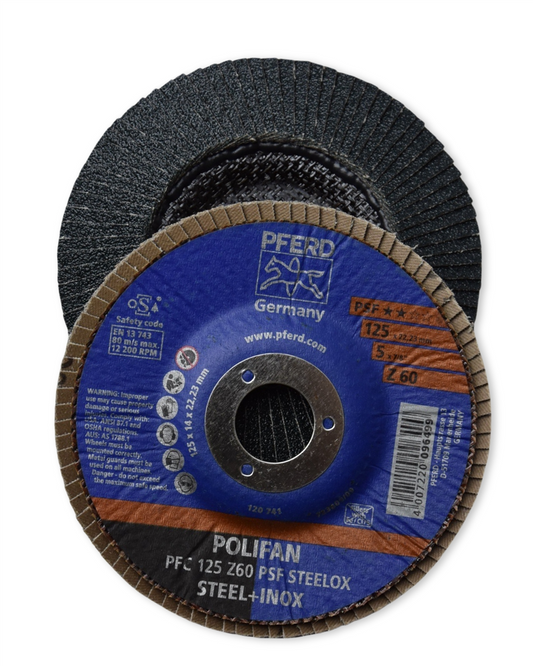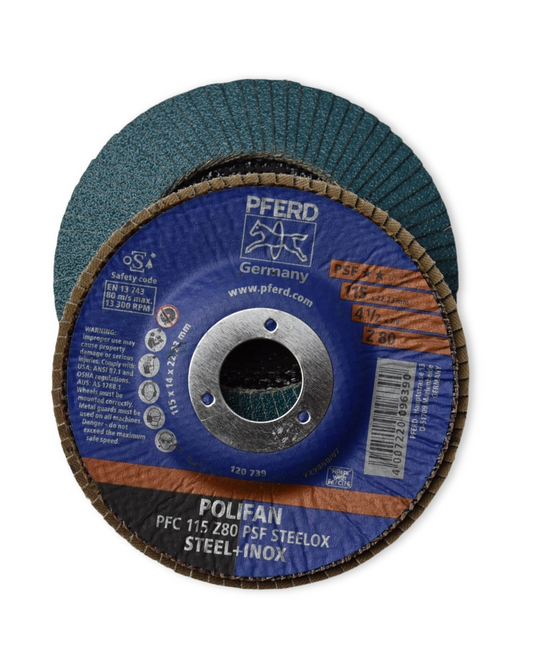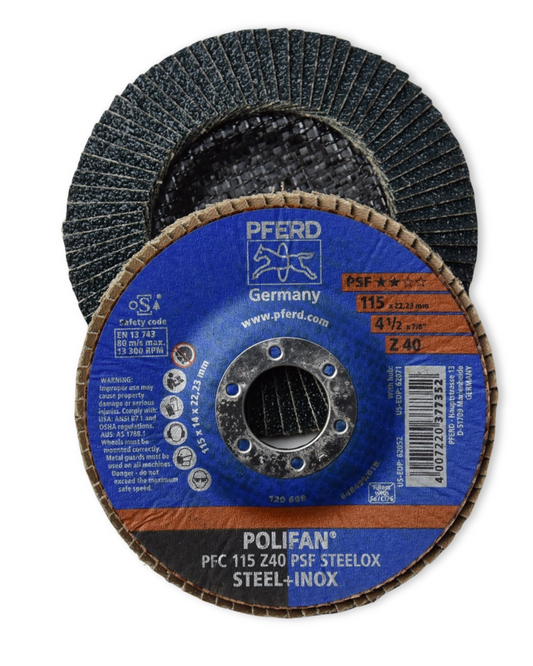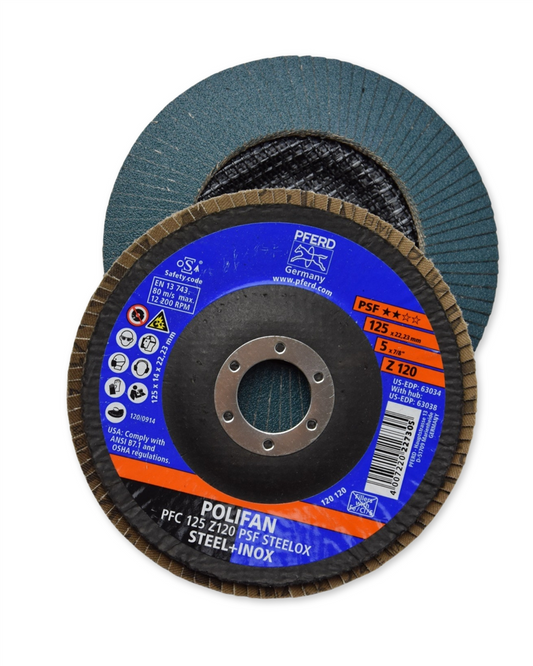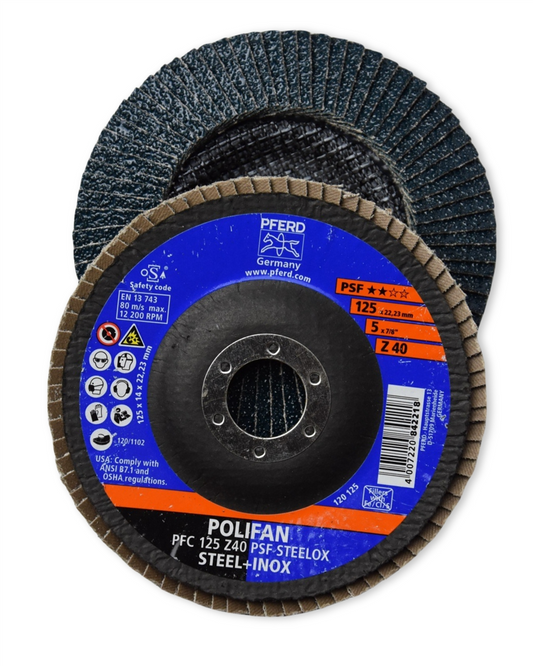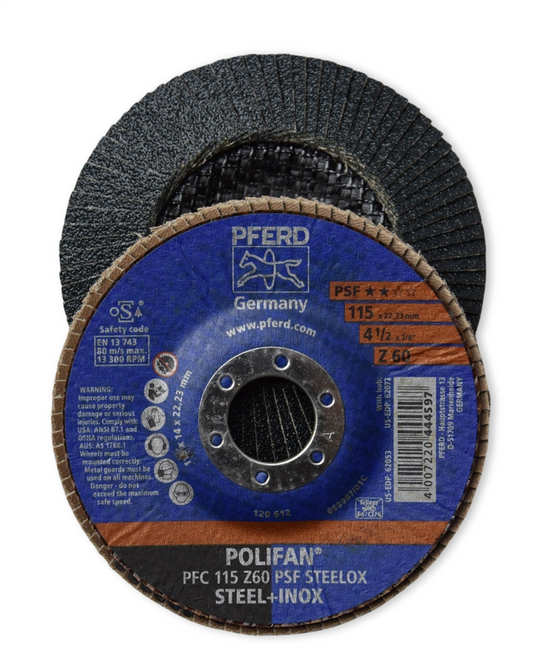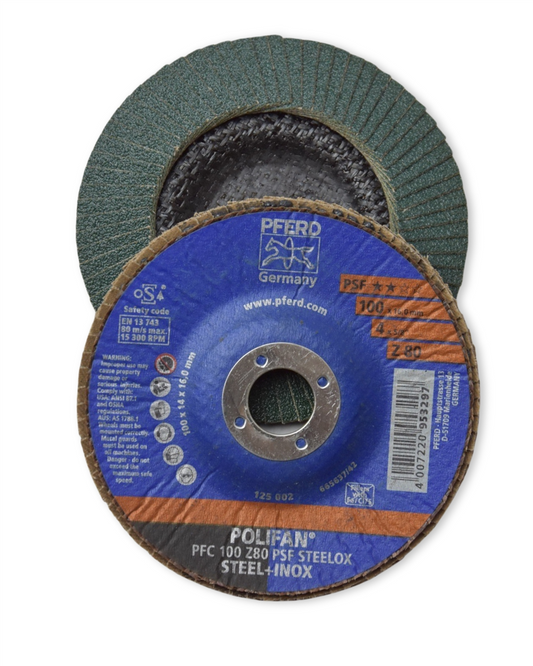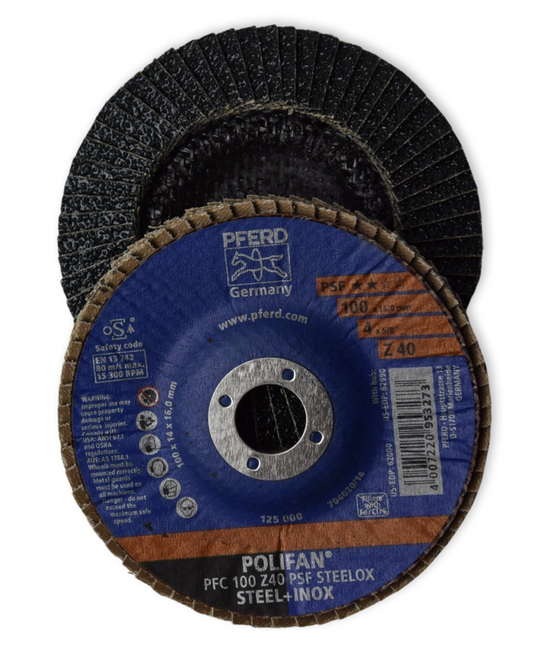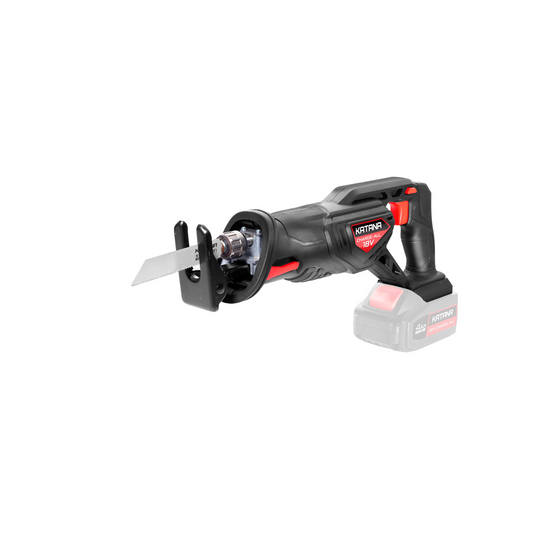The Right Way to Use a Handsaw for Clean, Straight Cuts
Share
Mastering the Handsaw: Tips for Clean, Straight Cuts Every Time
There’s something deeply satisfying about slicing through timber with a handsaw, the rhythmic sound of blade on wood, the pleasant scent of freshly cut timber—pure DIY bliss. But there’s nothing fun about a jagged, wobbly cut that looks like a hungry beaver had a go at it. Whether you're crafting a new garden bed, trimming timber for a shed, or fixing up a fence, a clean, straight cut makes all the difference. Let’s break it down so your handsaw skills can be as sharp as your blade.
Pick the Right Saw for the Job
A handsaw is not just a one-size-fits-all tool. The type of saw you need depends on the cut you’re making:
- Panel saws—Great for straight cuts in large boards.
- Back saws—Perfect for precise, controlled cuts in smaller pieces.
- Coping saws—Ideal for intricate curves and detailed work.
If you're working with hardwood, a saw with finer teeth will give you a smoother finish, while softwood calls for larger teeth to power through with ease.
Mark Your Cut Like a Pro
Measure twice, cut once. It’s an old saying, but it saves a lot of frustration. Use a pencil and a straightedge (a square is even better) to mark your cut. If precision is your aim, run a sharp utility knife along the line before sawing—this helps guide the saw and reduces splintering.
Set Yourself Up for Success
Stability is key. Clamp your timber down so it doesn’t bounce around like a stubborn toddler. Position yourself so your cutting arm moves freely, and your body isn't twisted awkwardly. A comfortable stance with feet firmly planted will give you the control you need.
Let the Saw Do the Work
A common mistake is forcing the saw through the wood. Relax your grip, start with a few gentle strokes to establish the cut, then let the weight of the saw carry you through. Long, steady strokes make for cleaner lines. Short, choppy strokes? That’s how wonky cuts happen.
Check Your Angle
Keeping the saw at a 45-degree angle for rip cuts (along the grain) and a 90-degree angle for crosscuts (across the grain) will give you the best results. Watch the teeth, keep them aligned with your mark, and resist the urge to drift.
Finishing Touches
Once your cut is done, give the edges a quick sand to smooth things out. If it’s a visible cut, a bit of sanding makes all the difference in how polished your work looks.
Final Thoughts
With a good saw, a steady hand, and a little patience, you’ll have crisp, straight cuts that look like they came straight from a professional’s workbench. The next time you pick up your handsaw, put these steps into practice, and watch your projects come together with precision.
Until next time, happy sawing!
Candeece

Stay Connected
Follow our Facebook Page: Strathalbyn H Hardware on Facebook


